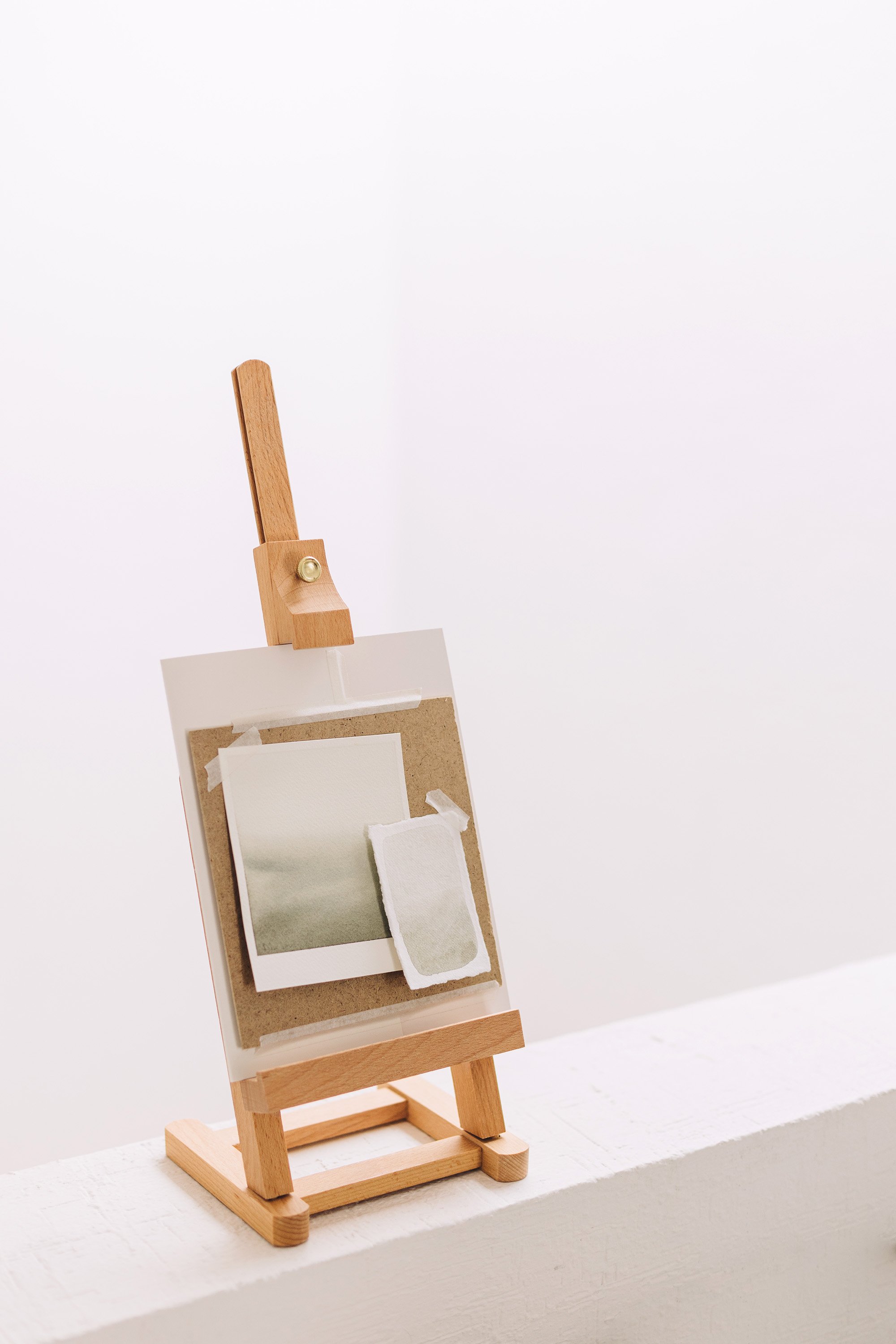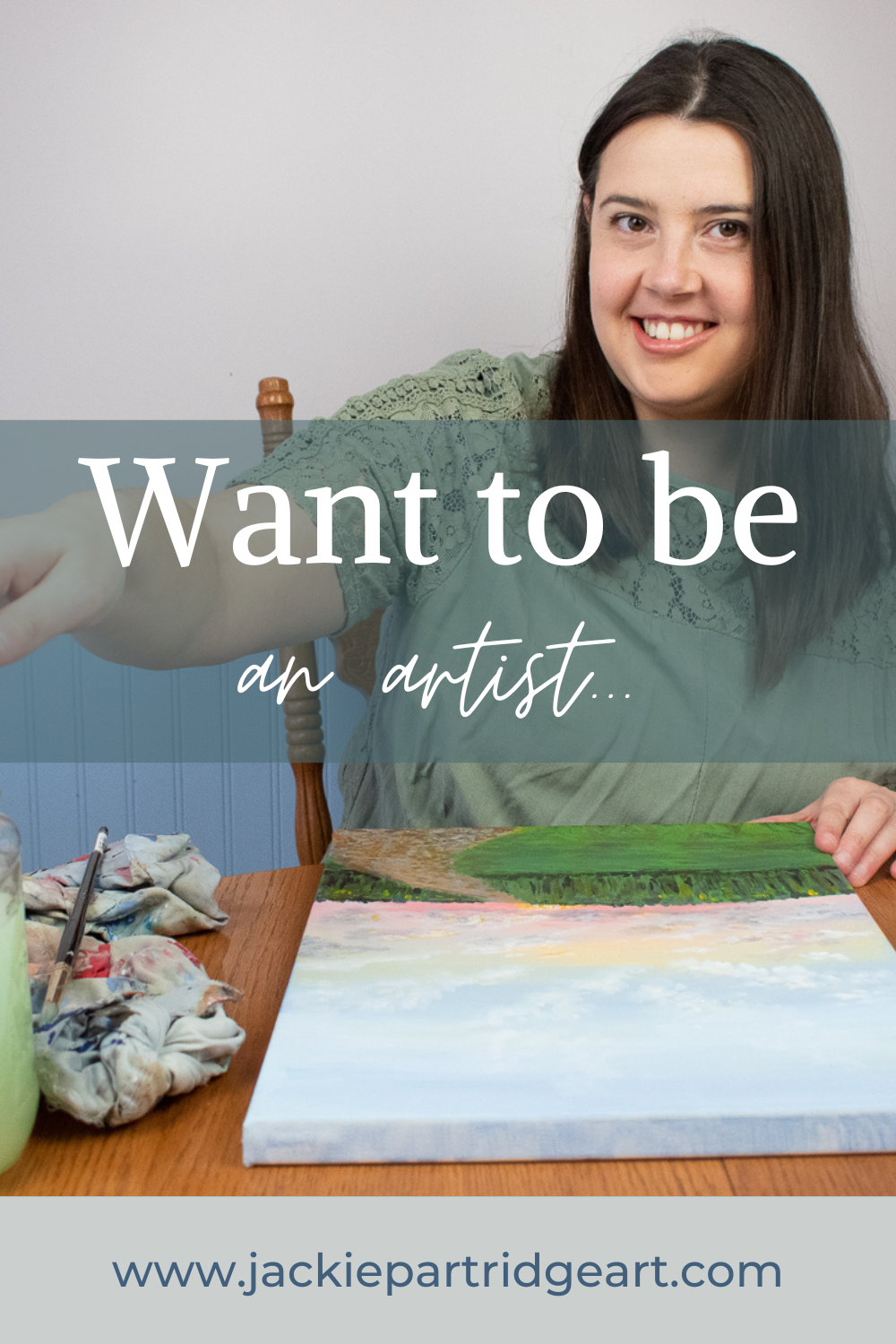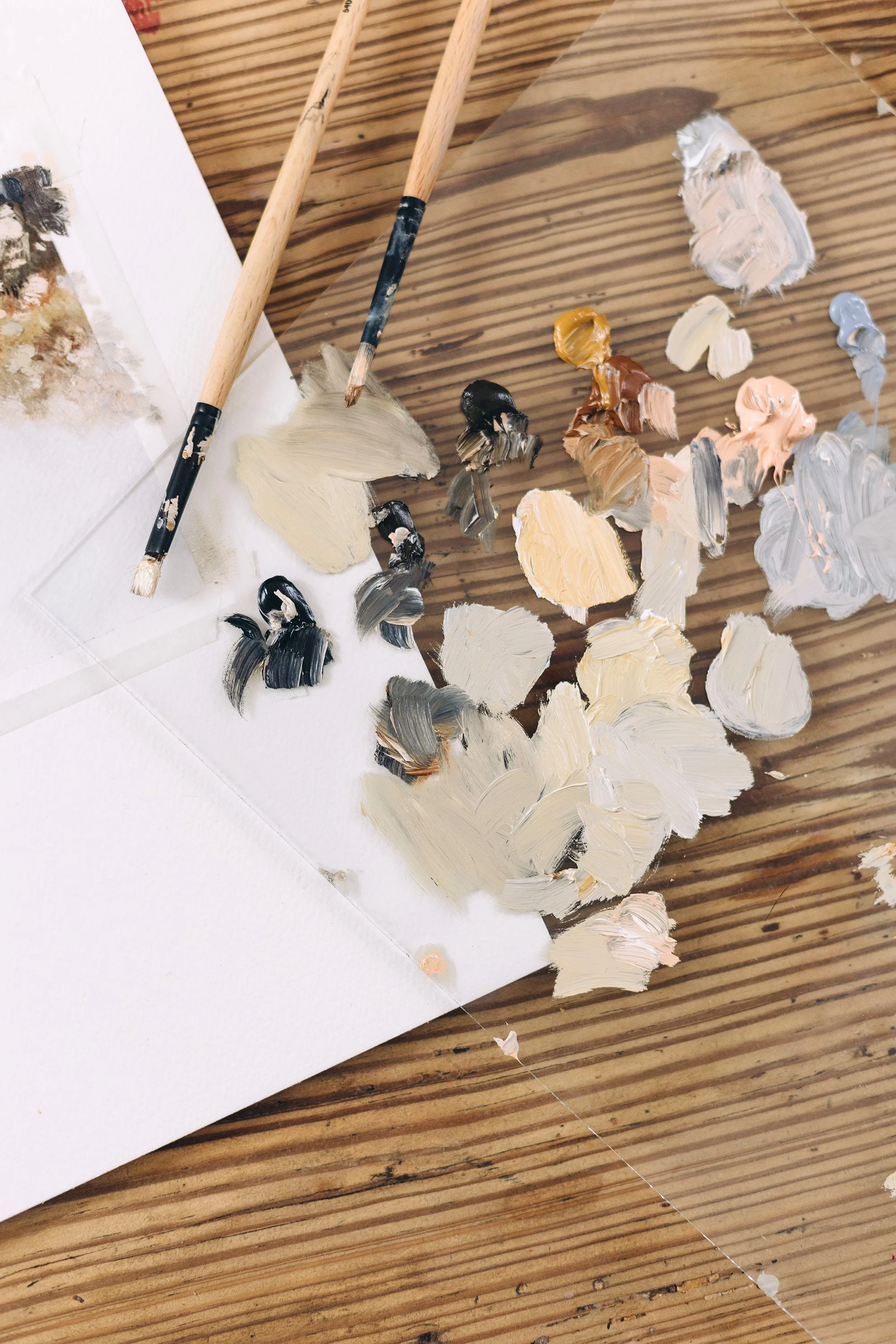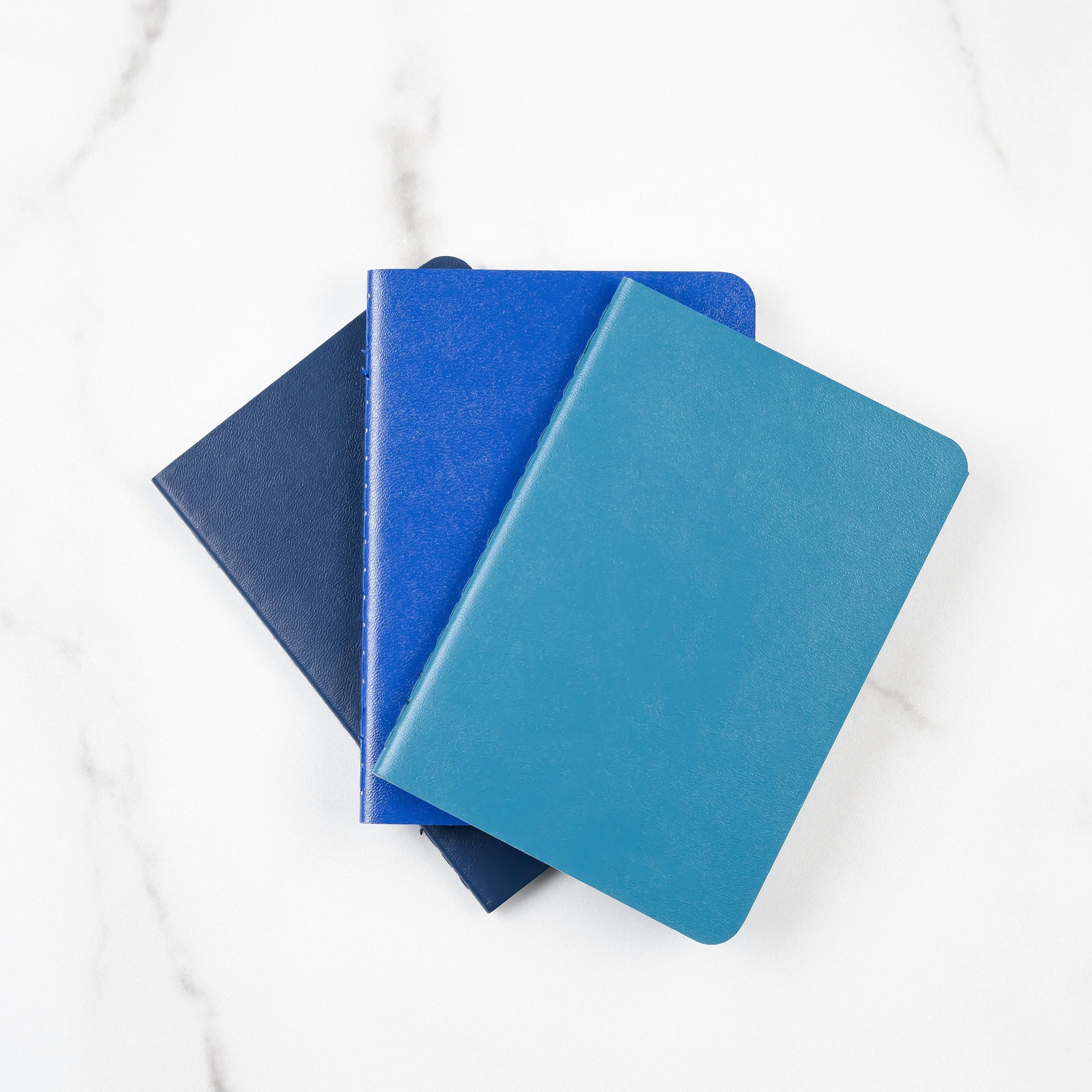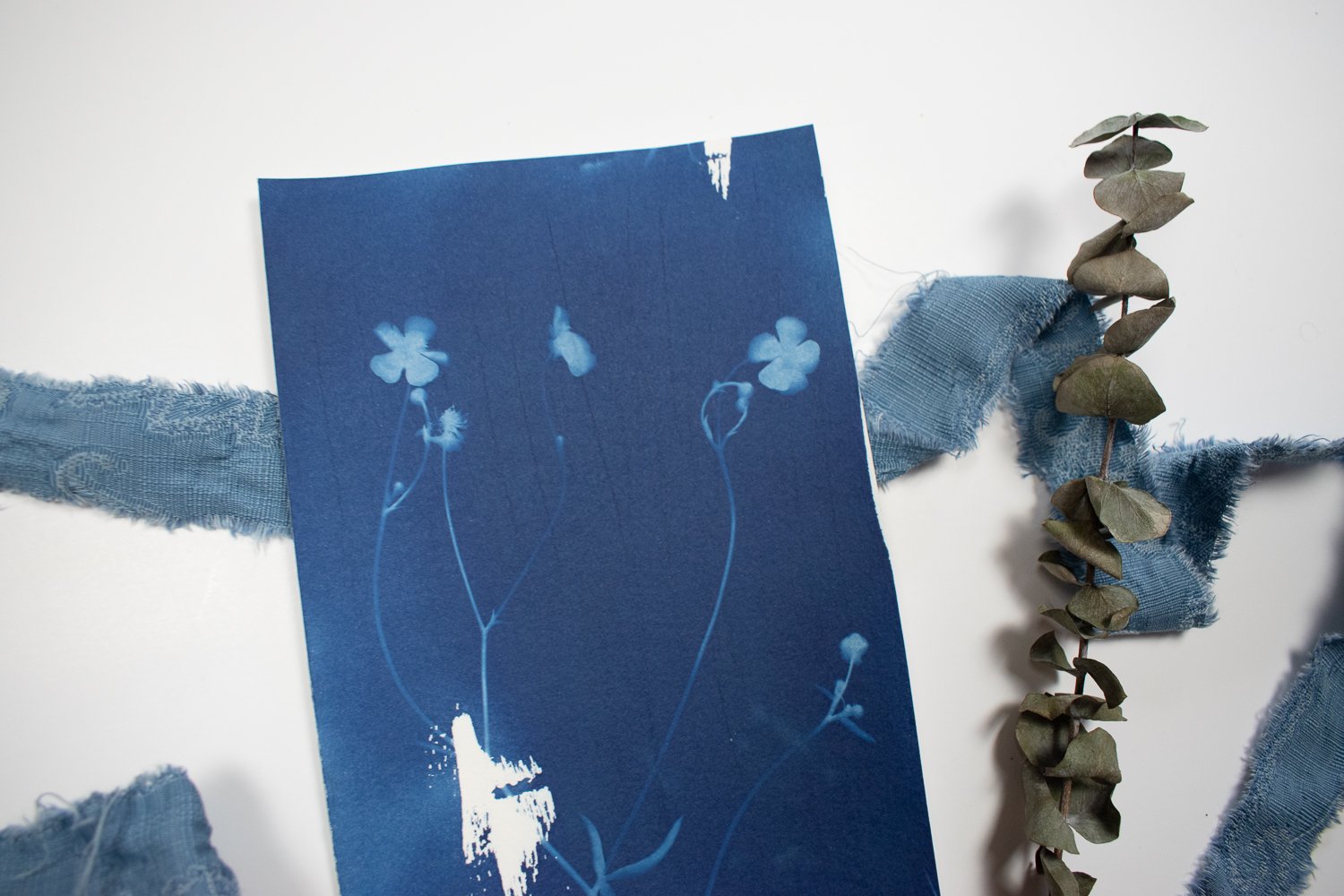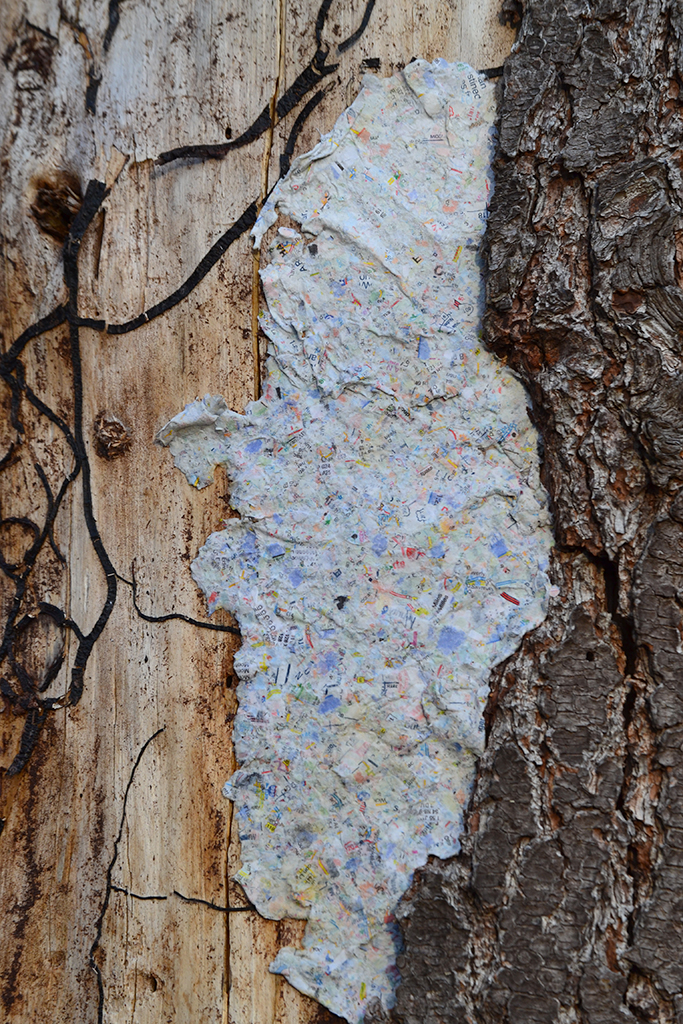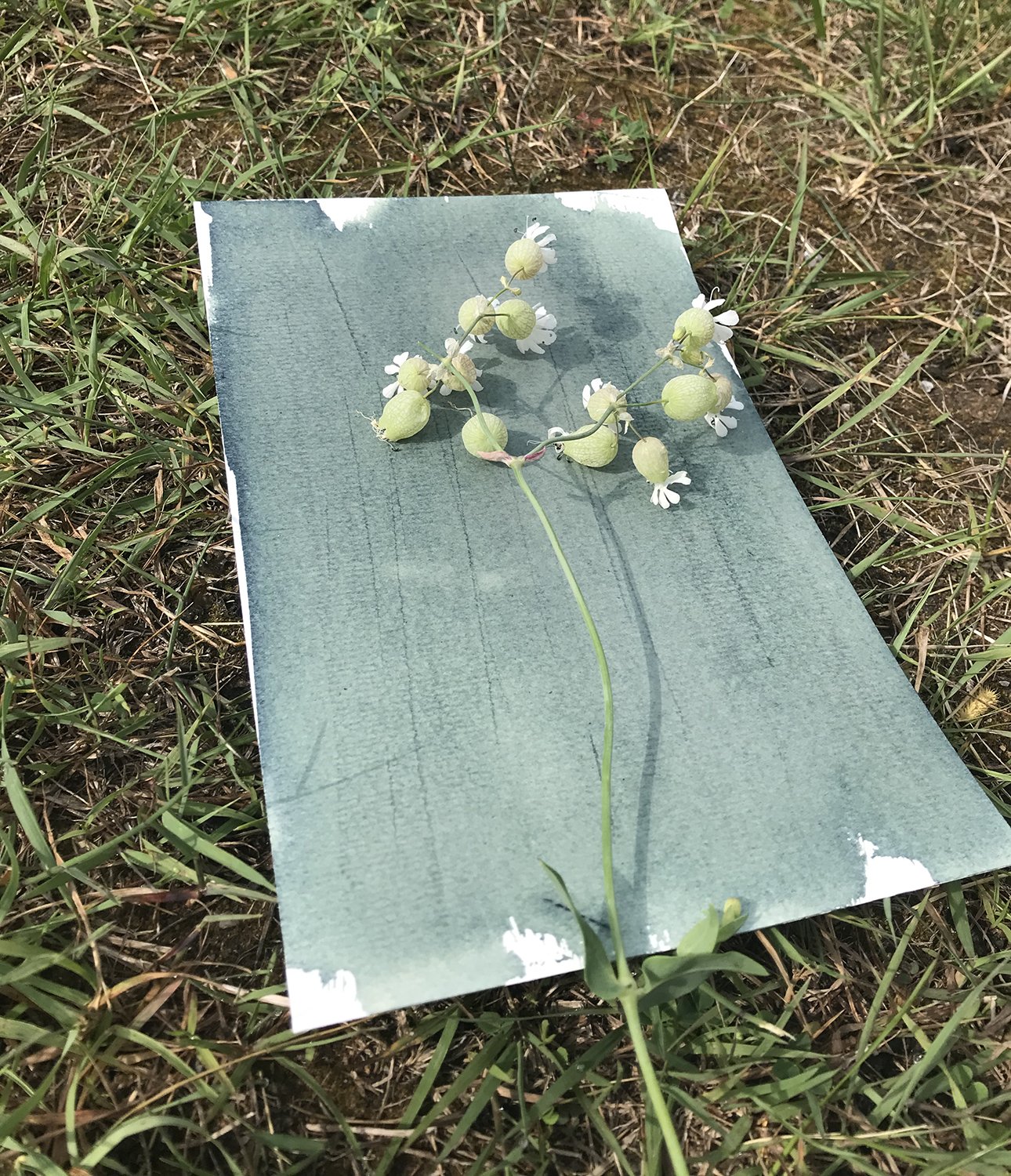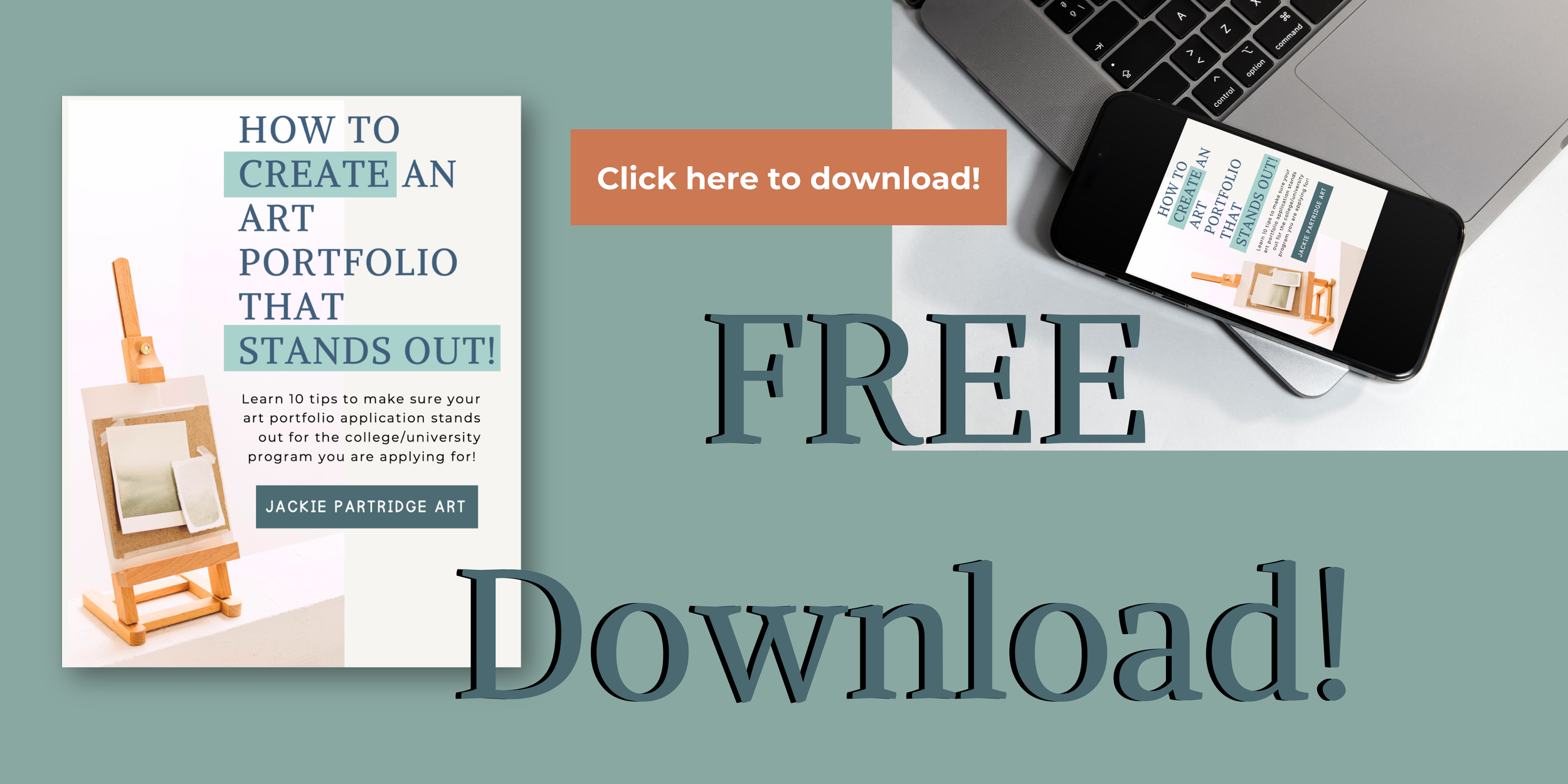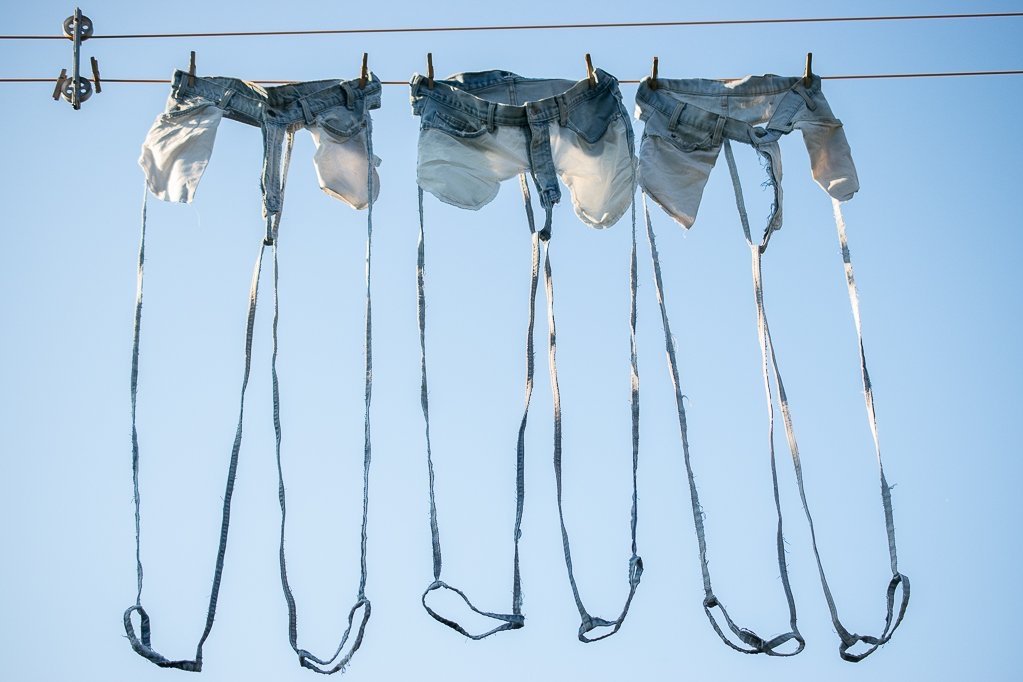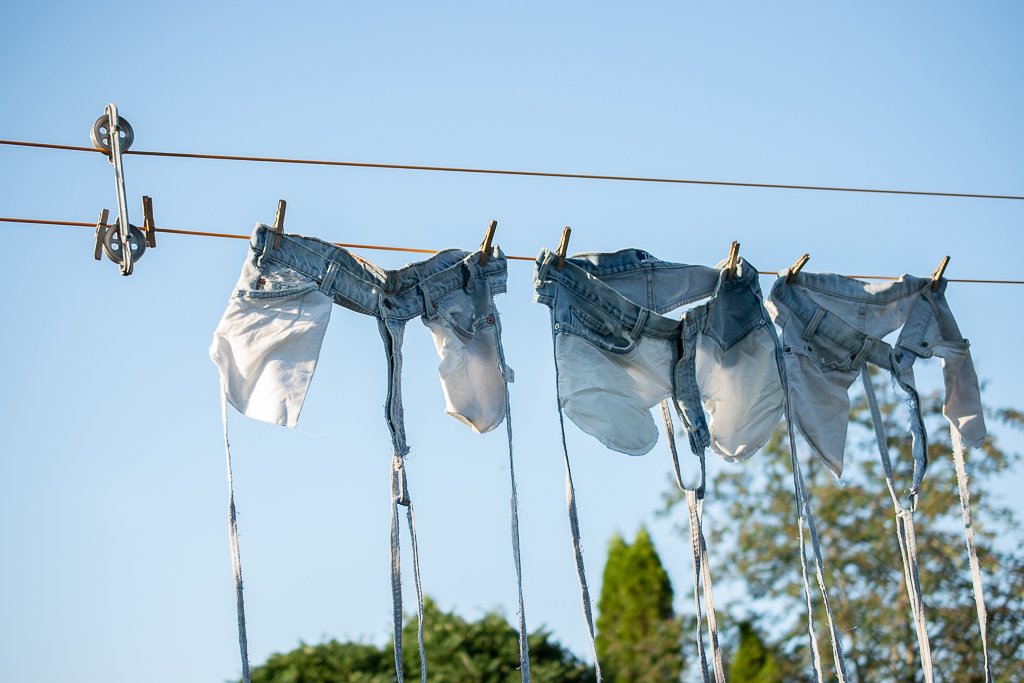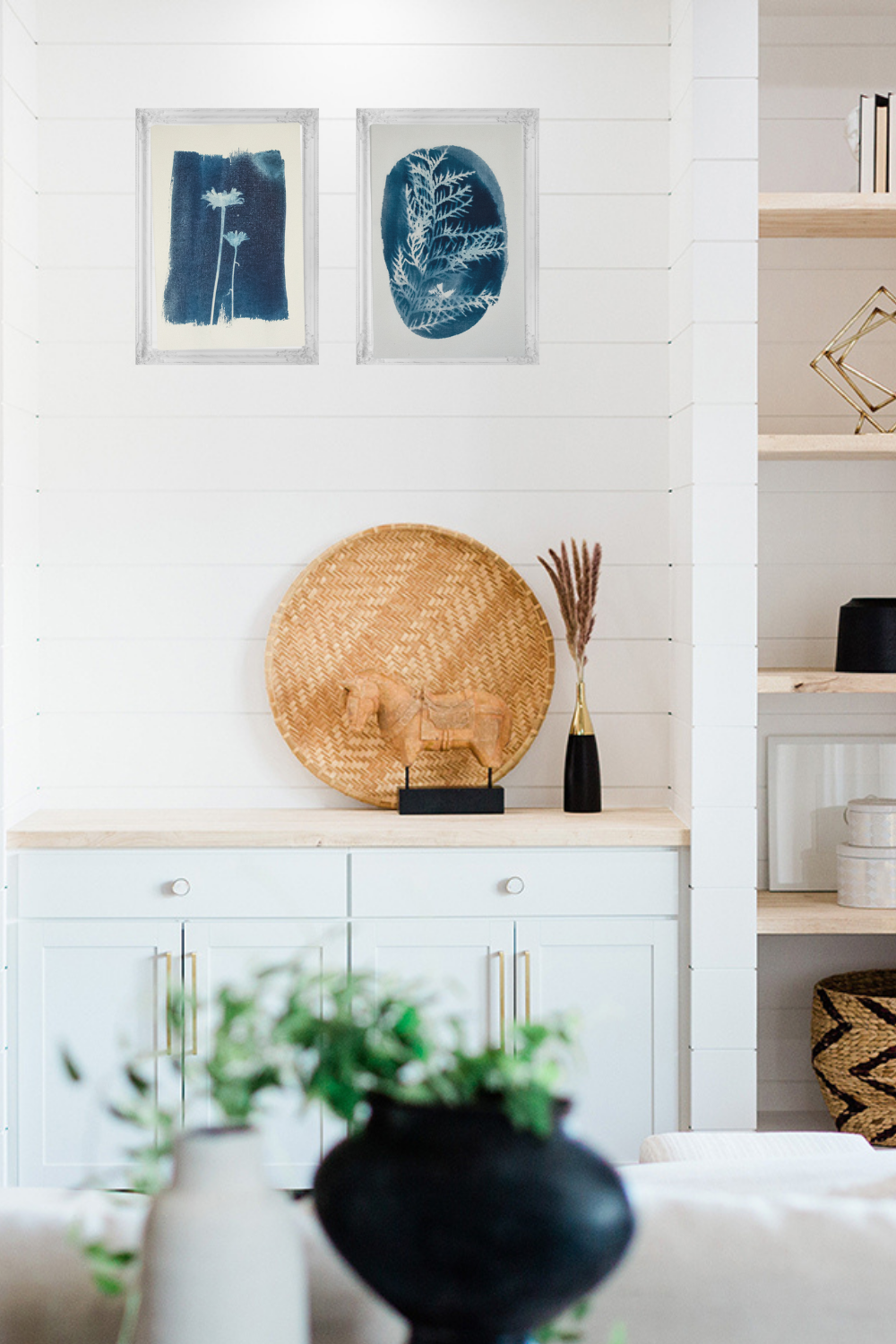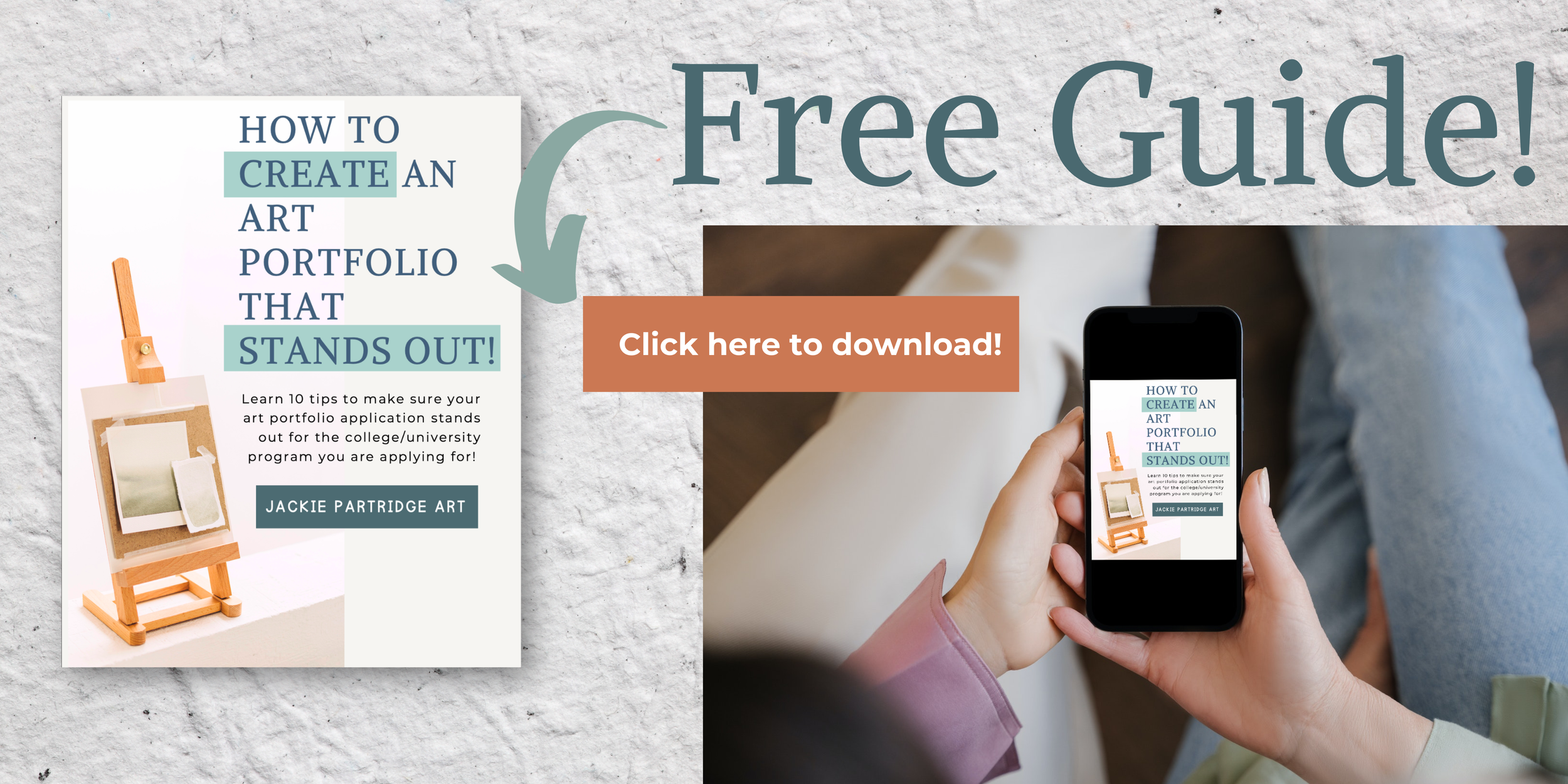How do I promote my art? As an artist it is very important to not only make art but to promote it. Otherwise people will not know that you have art to offer. To learn how do I promote my art, keep reading!
7 Ways for How Do I Promote my Art
Here are 7 ways to help you answer - How do I promote my art?
Pinterest isn’t just social media, it is a search engine. Pinterest is actually the number one way I drive traffic to my website. I have pins that are three years old and are still getting lots of views and clicks to my website. Pinterest helps people to sign up to mailing list and to purchase art from me.
Social Media -Instagram, Facebook and TikTok
Social media is important in growing your audience, but it is not a place I actively spend a lot of time to promote my art. I use social media as a way to connect with my audience and to encourage people to sign up for my mailing list. 80% of the time I post about me, about inspiration or about the process or other free content I have like painting tips and tutorials. The other 20% and sometimes less I will directly tell people that I sell things and they should buy them.
Email List
I send emails to my list consistently and this is where I then share helpful tips like on social media but I share what I sell and promote my art occasionally like when I offer a sale or I have new art collections.
You can join my mailing list below by filling out the the form to see how I promote my art first hand you can join my mailing list by filling out your information below to save 15% off artwork.
Content -Blogs + YouTube
In blog posts and YouTube videos I share helpful content most of the time but I am able to link to art or art teaching resources that I sell. Sometimes I will create a blog post or a video specifically on something I sell.
SEO
SEO stands for search engine optimization and it basically means that when someone is searching for something on Google, they can type in a keyword and websites appear. By adding keywords and content your website can be found easier. Having a website appear at the top of someone’s search results means that more people will click on your website and potentially purchase the art you are selling.
Selling on Multiple Platforms
If you only sell on your website or one place you have less chances of being found and making a sale. Whereas if you sell on different platforms like a website, Etsy, Amazon etc. there are more people or a specific audience of people that are visiting certain websites. Therefore you have more chances of being found and a wider audience of people who can connect to your work and see the art you are promoting.
In Person Events
In person events like markets or exhibitions are a great way for people to get to know you and your art. You can leave business cards or encourage people to sign up for your mailing list. I have had lots of people purchase from me after an event because they took a business card and remember meeting me in person and seeing my art at an event.
Art Promotion Tips
Be careful with paid opportunities to promote your artwork there are a lot of scams
You don’t need to pay for promotion wait until you are making significant money before spending money on ads or promoting a post on social media
Those are 7 simple ways to help you with the question of how do I promote my art?
Click the button below to check out my art shop!





